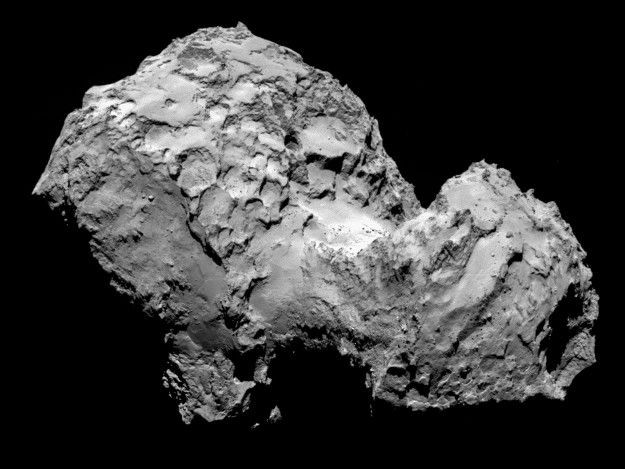Comet Churyumov-Gerasimenko Smells Like Rotten Eggs, Horse Urine And Formaldehyde With A Whiff Of Cyanide

Ever wonder what a comet smells like? The European Space Agency's Rosetta Orbiter has been sniffing the coma of comet Churyumov-Gerasimenko and found it quite pungent, wreaking of rotten eggs, horse manure and formaldehyde along with faint whiffs of hydrogen cyanide, methanol, vinegar and carbon disulphide, the University of Bern said in a statement.
That analysis by Rosetta's Sensor for Ion and Neutral Analysis was made with the comet still 400 million kilometers (248.5 million miles) from the sun.
"It seems like comet Churyumov was indeed attracted by comet Gerasimenko to form Churyymov-Gerasimenko, even though its perfume may not be Chanel No. 5, but comets clearly have their own preferences," said Kathrin Altwegg of the Center for Space and Habitability at the University of Bern.
Scientists want to determine of Churyymov-Gerasimenko, which comes from the Kuiper belt, is different from better-known comets from the Oort cloud, such as Halley's comet. This, they say, will provide insight into the solar nebula from which our solar system came.
The Rosetta mission's objective is to determine the origin of comets by measuring the elemental, isotopic and molecular makeup of their atmospheres and ionospheres along with temperature and speed of the gas and ions.
© Copyright IBTimes 2025. All rights reserved.






















